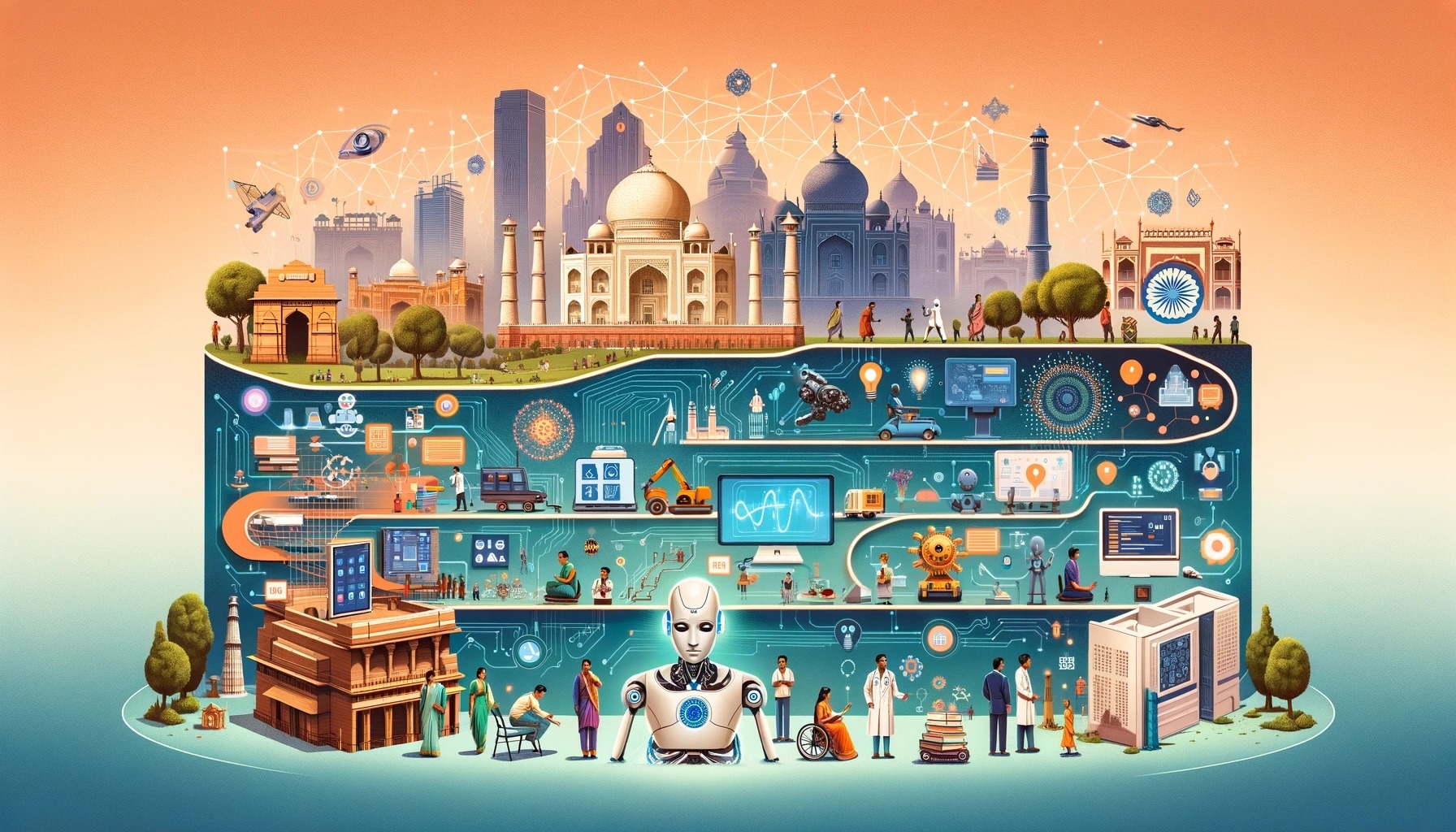We are at a pivotal moment where science is evolving, especially in addressing climate change and understanding its complexities. A key technological breakthrough in this fight is the development of sustainable energy generation methods. Today’s challenge lies in creating efficient solar panels and other energy-generating materials.
Historically, material development was a trial-and-error process. Take Thomas Edison’s invention of the light bulb, for instance. He experimented with thousands of materials to find the right filament. Now, we harness machine learning and AI to expedite the discovery of new materials. Computers enable us to explore millions of possibilities that would be impractical to test in a laboratory setting.
AI’s significance also extends to enhancing our comprehension of Earth’s systems, thanks to the increasing amount of data we gather, particularly from satellites. This data helps us observe changes in patterns, such as landslides, which are influenced by climate and weather changes. We can monitor how excess water or changing erosion patterns in mountains are impacting the land.
As climate change intensifies, so do extreme weather events. With cities expanding and becoming more prone to natural hazards, rapid understanding and response to these events are crucial. This includes strategizing emergency responses, determining which hospitals to alert, and deciding where to send aid and supplies. Efficient disaster relief relies heavily on timely and accurate information.
Urban congestion and traffic are significant energy wasters. Autonomous vehicles offer a solution by optimizing transport efficiency, preventing traffic jams, and ensuring smoother flow on roads. This level of planning and efficiency is challenging for individuals to achieve on their own.
Finally, AI’s role in helping us reduce, recycle, and reuse hinges on our willingness to act. While AI is a powerful tool, it ultimately serves our objectives and is guided by our societal values and personal motivations. AI and machine learning can guide us towards better environmental practices, but the decision to follow that path is ours.





